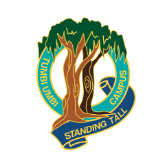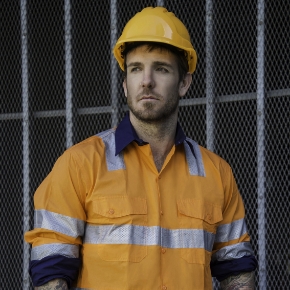Organisations need to adopt clearer, level-appropriate definitions of health, safety and risk terms, according to research which examined how complex terminology could hamper workplace safety efforts.
There has been a 56 per cent increase in workers’ compensation claims for assaults and exposure to workplace violence since 2017-18, according to a recent Safe Work Australia report. It found that there were 53,139 accepted workers’ compensation claims for being assaulted and 12,721 accepted claims for exposure to workplace or occupational violence over the past 10 years.
Emergency service personnel and other professionals who are responsible for responding to incidents on high-speed roads experience higher fatality and incident rates, and also suffer from higher rates of post-traumatic stress disorder compared to the general population.
Although most businesses strive to do the right thing by their employees and reduce psychosocial risks, the complexity of this task means most organisations are still struggling to comprehensively address workplace mental health challenges, according to the Black Dog Institute.
There are four key factors which improve psychosocial safety: top management support for stress prevention; prioritising worker psychological health over productivity and profits; better communication systems about risks and prevention; and better consultation with workers and all levels of the organisation in resolving risks, according to the University of South Australia.
Australia Post recently urged dog owners to properly secure their dogs as it revealed that more than 55 posties have fallen victim to dog-related incidents every working week. Despite Australia Post’s pleas for more action from dog owners, more than 1420 dog-related incidents have occurred in Australia in the past six months. While no dog breed is more likely to attack than another, Australia Post said it is increasingly seeing smaller dogs that show aggressive behaviour.


















































































